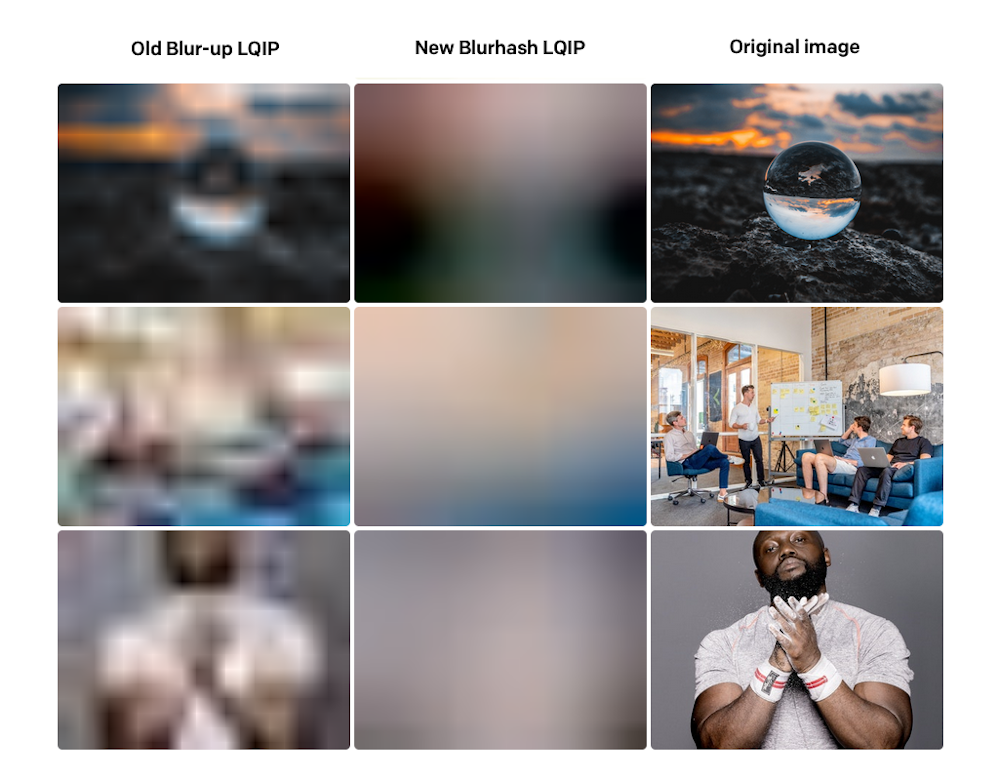Some updates about what we've released last month in preparation for our next big feature that is coming very soon: the staging environments!
Let's see the spring cleaning we've done:
Deployment environments are now Build triggers
The new feature we are going to launch is going to be called "environments", so to avoid confusion and also to give a clearer name to the former "deployment environments", we've renamed them to "build triggers".
In fact they are manual triggers that launch your build in external systems, we hope will make more sense for everyone!
This will unfortunately cause also a change in the CMA:
Reference models by API keys
When using the CMA, you can now reference models by using API keys instead of model ids. For now you can only do that when passing the API key in the URL or on filters. It's still a work in progress, soon you'll be allowed to use API keys in payloads as well.
As a nice side note, the usage of API key is also available when filtering webhooks.
Bugfix - react-datocms IE11 compatibility
We've released a new version of react-datocms (v1.2.2) that fixes a compatibility issue with IE11.
Bugfix - duplicating item in tree structure
When duplicating an item in a tree structure, the new item will have the same parent of the duplicated one.
Bugfix - change link validations
When changing link validations we are now providing an extra alert message, as this can potentially lead to data loss.



